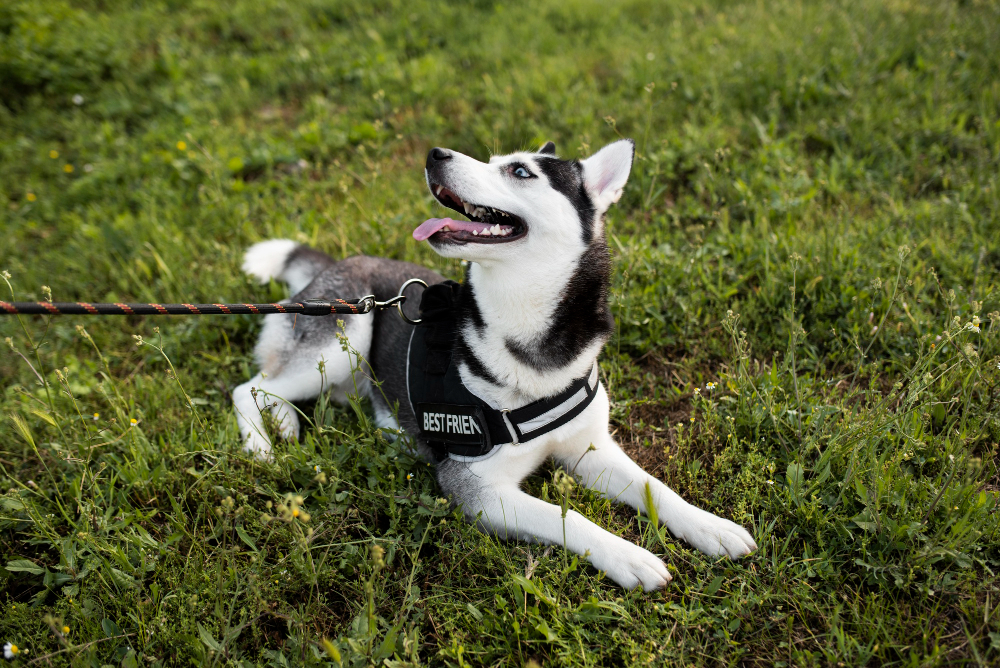In the world of pet care, dog owners often seek the best equipment to ensure their furry friends are comfortable, safe, and well-cared for. One topic that has garnered attention is the compatibility of using a harness with a dog coat. In this article, we will discuss which best dog harness to choose, address concerns about puppy coat and harness use, and explore the benefits of a waterproof dog coat for use with harness. Furthermore, we’ll delve into the innovative puppy coat with harness hole solution and compare the preferences of dogs when it comes to harnesses and collars.
Which Best Dog Harness: Factors to Consider
Before diving into the compatibility of harnesses and dog coats, it’s essential to determine the best harness for your pet. Here are some factors to consider:
- Size and fit: Measure your dog’s girth to ensure a snug yet comfortable fit. A properly fitting harness should allow you to slide two fingers between the harness and your dog’s skin.
- Material and durability: Choose a harness made from durable materials like nylon or leather to withstand daily wear and tear.
- Reflective properties for safety: Opt for a harness with reflective strips or stitching to increase visibility during nighttime walks.
Puppy Coat and Harness: The Debate
Is it cruel to put a coat on a dog? This question often sparks debate among pet owners. While some argue that dogs have natural fur to protect them from the elements, others contend that certain breeds or short-haired dogs require additional protection during harsh weather conditions. The key lies in selecting a coat made from comfortable, breathable materials that fit properly without restricting movement, and getting your dog used to wearing the coat from a young age.
Introducing your pet to a coat and harness while they are still a puppy can help them become more comfortable with these items as they grow older. Gradually acclimating your puppy to the feeling of wearing a coat and harness can alleviate potential anxiety and ensure a more positive experience during walks and outdoor activities.
Using a coat in conjunction with a harness can also impact a dog’s behavior. A well-fitting coat can improve your pet’s comfort and mobility, while a poorly fitted coat may cause discomfort and hinder movement. By selecting the right coat and harness combination and properly introducing them to your dog, you can help ensure a comfortable and enjoyable experience for both you and your pet.
Waterproof Dog Coat for Use with Harness: The Perfect Combination?
A waterproof dog coat for use with harness can provide the ideal solution for pet owners who want to protect their dogs from the elements while maintaining control and safety during walks. Here are some benefits of using a waterproof dog coat with a harness:
- Protection from the elements: A waterproof coat shields your dog from rain, snow, and cold, ensuring they remain comfortable during walks.
- Ease of use and compatibility: Many waterproof dog coats are designed with harness compatibility in mind, allowing for a seamless integration of the two pieces of gear.
When selecting a waterproof dog coat, consider the following features: adjustable straps for a secure fit, a durable and breathable outer shell, and compatibility with your preferred harness type.
Puppy Coat with Harness Hole: The Ideal Solution
A puppy coat with harness hole offers an innovative approach to combining dog coats and harnesses. These coats are designed with a built-in opening for easy access to the harness attachment point. The advantages of using a dog coat with a harness hole include:
- Enhanced convenience and ease of use: The built-in harness hole simplifies the process of attaching and detaching the leash from the harness.
- Compatibility with different harness styles: Most coats with harness holes are designed to accommodate various harness types, ensuring a secure and comfortable fit.
When selecting the best puppy coat with a harness hole, consider the coat’s material, insulation, and waterproof properties, as well as the size and positioning of the harness hole.
Harness vs. Collar: What Do Dogs Prefer?
The debate surrounding whether dogs like harnesses or collars better is a contentious one. Ultimately, the choice between a harness and a collar depends on your dog’s specific needs and preferences. Let’s examine the pros and cons of each option:
- Harnesses: Harnesses distribute pressure more evenly across a dog’s body, providing better control and reducing the risk of injury to the neck and trachea. They are especially beneficial for dogs that pull on the leash, as well as for small or brachycephalic breeds.
- Collars: Collars are simple, easy to use, and often less expensive than harnesses. However, they can cause injury if a dog pulls too hard or if the collar is too tight.
When deciding between a harness and a collar, take into account your dog’s size, breed, behavior, and any specific health concerns. For example, if your dog is prone to respiratory issues or has a history of neck injuries, a harness may be the better option. Conversely, if your dog is well-behaved on the leash and does not require additional control or support, a collar might suffice.
Conclusion
In summary, the compatibility of dog coats and harnesses depends on several factors, including the design and fit of each piece of gear. By carefully selecting the best dog harness and a well-fitting coat, pet owners can provide their dogs with comfort, safety, and protection from the elements. A waterproof dog coat for use with harness or a puppy coat with harness hole can offer an ideal solution for those looking to combine the benefits of both items.
Ultimately, it’s essential to prioritize your pet’s comfort and safety when choosing dog gear. Be sure to consider their specific needs and preferences, and consult with a veterinarian or professional trainer if you have concerns about your dog’s health or behavior. By doing so, you can ensure a happy, healthy, and well-cared-for pet.

